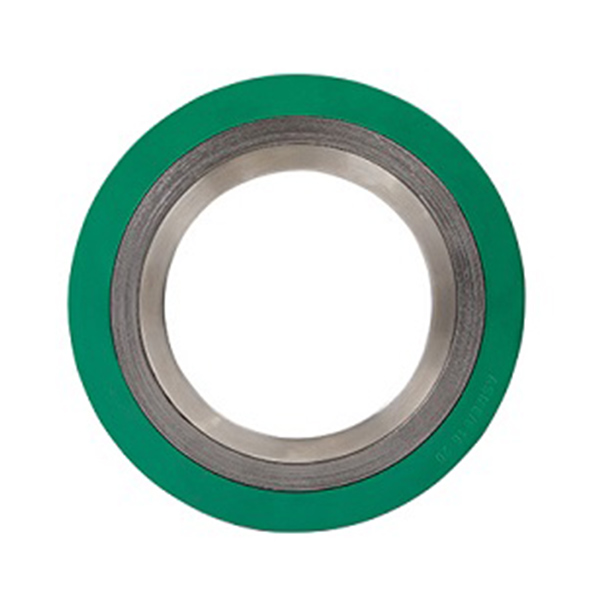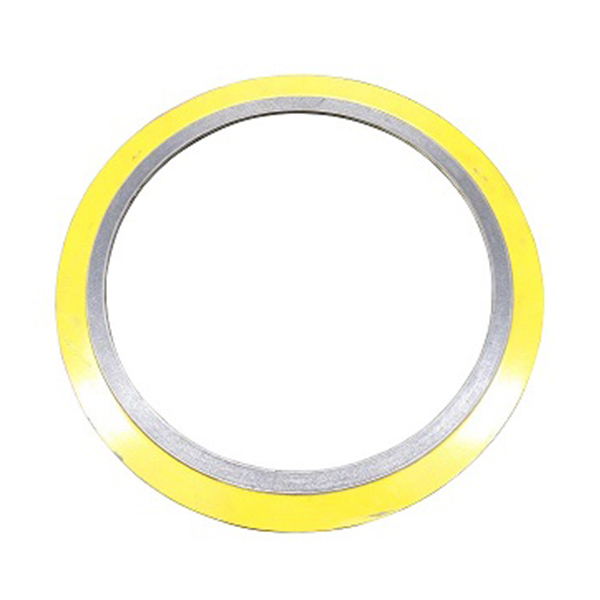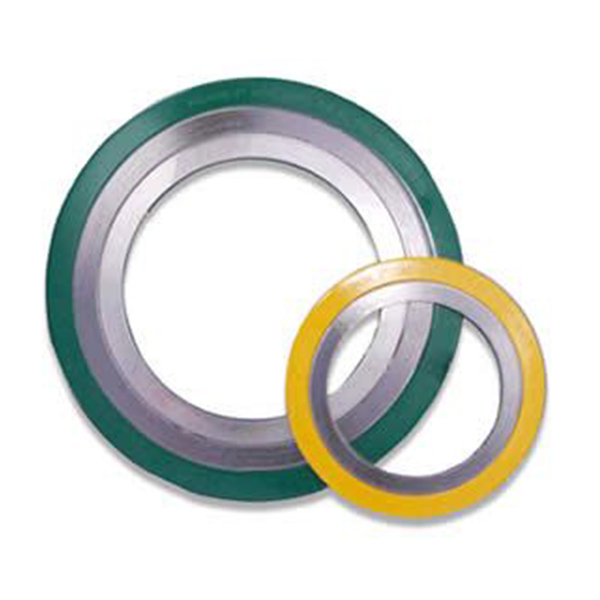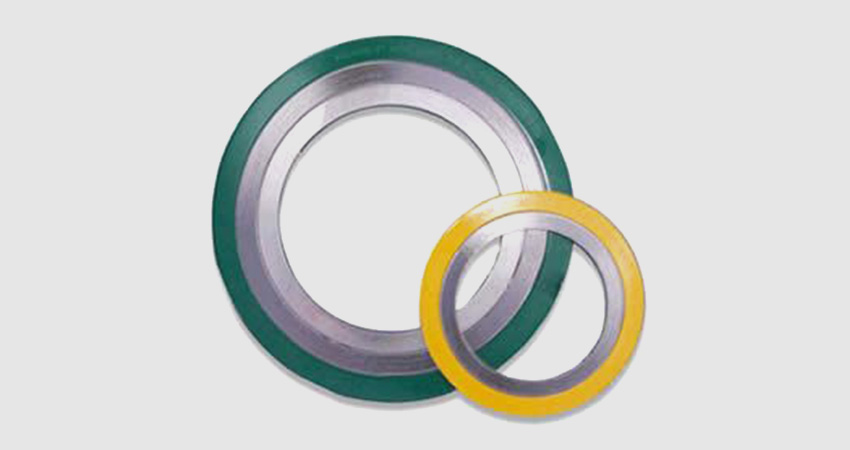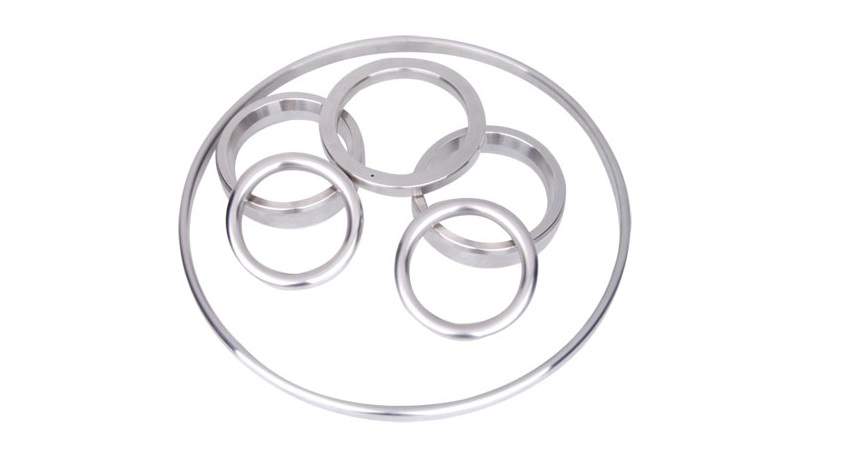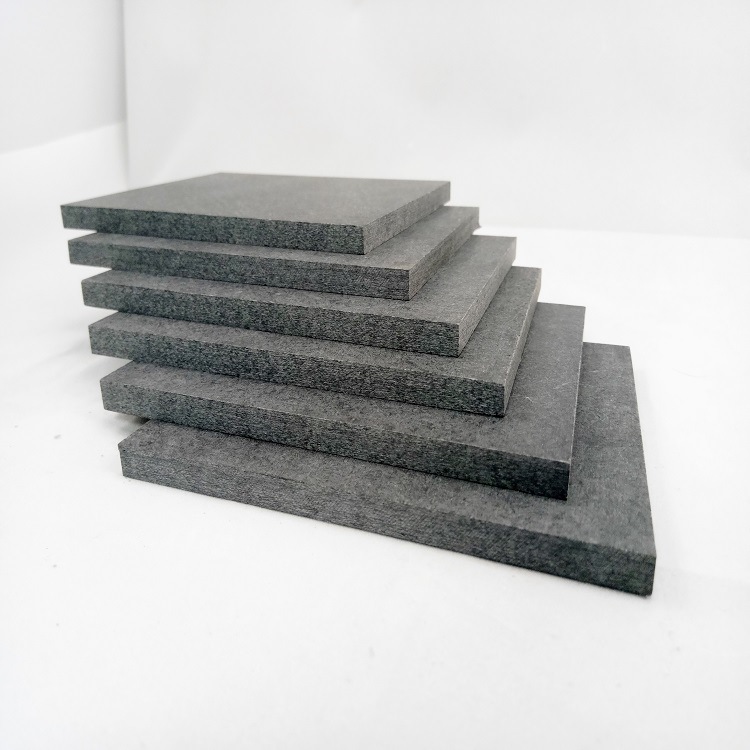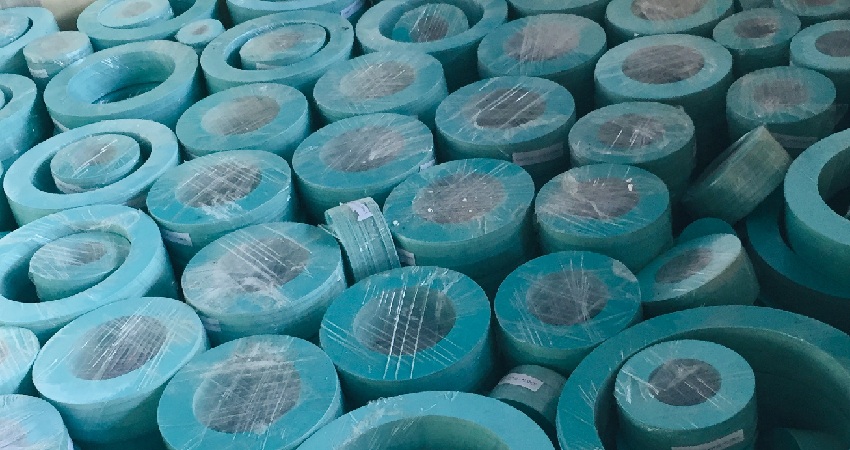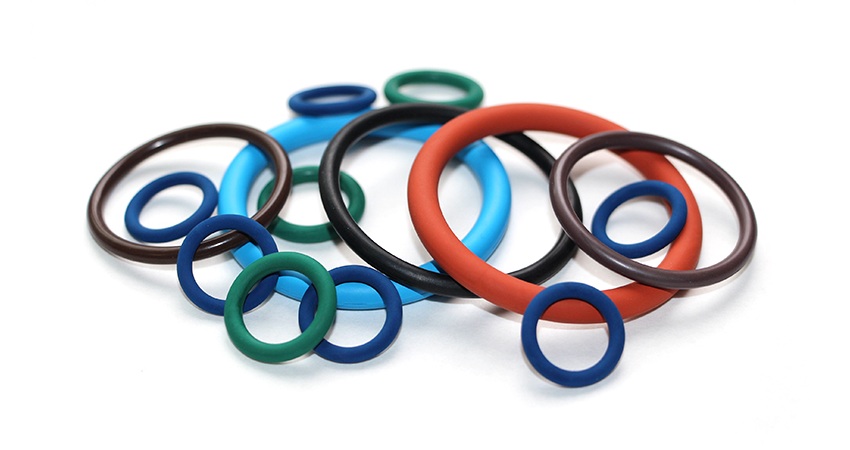PTFE Parts
What Are PTFE Parts?
PTFE parts, also known as polytetrafluoroethylene parts, are high-performance components made from a synthetic fluoropolymer renowned for their exceptional properties. These parts are widely used in industries where resistance to chemicals, heat, and friction is crucial. PTFE parts offer superior non-stick characteristics, low coefficient of friction, and excellent electrical insulation, making them ideal for demanding applications in aerospace, automotive, chemical processing, and medical fields.
Key Properties of PTFE Parts
- Chemical Resistance: Inert to most chemicals, including acids, bases, and solvents.
- Temperature Tolerance: Operates effectively from -200°C to +260°C (-328°F to +500°F).
- Low Friction: One of the lowest coefficients of friction among solid materials.
- Non-Stick Surface: Prevents adhesion of substances, easy to clean.
- Electrical Insulation: Excellent dielectric properties, suitable for electronic applications.
- Weather Resistance: UV and weather stable, perform well outdoors.
- Low Moisture Absorption: Minimal water uptake, maintains dimensional stability.
Common Applications of PTFE Parts
PTFE parts are versatile and used in various sectors due to their unique attributes. Below is a table summarizing typical applications:
| Industry | Application | Benefits |
|---|---|---|
| Chemical Processing | Seals, gaskets, linings | Resists corrosive chemicals, ensures leak-proof operations |
| Aerospace | Bearings, insulators | Withstands extreme temperatures, reduces weight |
| Automotive | Fuel system components, O-rings | Enhances durability, minimizes friction |
| Medical | Catheters, surgical instruments | Biocompatible, sterile, and non-reactive |
| Food and Beverage | Conveyor belts, coating for equipment | FDA compliant, prevents contamination |
Detailed Product Parameters
Our PTFE parts are manufactured to meet stringent standards, ensuring high quality and performance. The following table outlines key specifications:
| Parameter | Value/Description | Testing Standard |
|---|---|---|
| Density | 2.15 - 2.20 g/cm³ | ASTM D792 |
| Tensile Strength | 20 - 35 MPa | ASTM D638 |
| Elongation at Break | 300 - 500% | ASTM D638 |
| Melting Point | 327°C (621°F) | ASTM D3418 |
| Coefficient of Friction | 0.04 - 0.10 (dynamic) | ASTM D1894 |
| Dielectric Strength | 20 - 25 kV/mm | ASTM D149 |
| Water Absorption | < 0.01% | ASTM D570 |
Types of PTFE Parts We Offer
- Rods and Bars: Available in various diameters and lengths for machining into custom components.
- Sheets and Films: Used for linings, seals, and insulation with thickness options from 0.5mm to 50mm.
- Tubes and Hoses: Ideal for fluid transfer in corrosive environments, with different inner and outer diameters.
- Gaskets and Seals: Precisely cut to prevent leaks in mechanical systems.
- Bellows and Expansion Joints: Flexible components for accommodating movement and vibration.
- Custom Machined Parts: Tailored to specific designs for unique applications.
FAQs About PTFE Parts
What is PTFE, and how is it different from other plastics?
PTFE, or polytetrafluoroethylene, is a fluoropolymer with unique properties like high chemical resistance and low friction, unlike common plastics such as polyethylene or PVC, which lack these extreme characteristics.
Can PTFE parts be used in high-temperature environments?
Yes, PTFE parts can withstand temperatures from -200°C to +260°C continuously, making them suitable for high-heat applications like engine components or industrial ovens without degrading.
Are PTFE parts safe for food contact?
Absolutely. PTFE is FDA compliant and inert, so it doesn't react with food or beverages, making it ideal for food processing equipment, cookware coatings, and packaging machinery.
How do I clean and maintain PTFE parts?
Clean PTFE parts with mild soap and water or solvents like isopropyl alcohol; avoid abrasive materials to prevent scratching. Regular inspection for wear ensures longevity, as PTFE has low maintenance needs due to its non-stick nature.
What are the limitations of PTFE parts?
PTFE has lower mechanical strength compared to metals and can creep under load. It's also not suitable for applications involving high radiation or certain alkali metals, which may cause degradation.
Can PTFE be machined easily?
Yes, PTFE is soft and can be machined using standard tools, but it requires careful handling to avoid deformation due to its low stiffness; professional machining ensures precision for complex parts.
Is PTFE environmentally friendly?
PTFE is inert and non-toxic, but its production involves fluorochemicals. Recycling options are limited; however, its durability reduces waste over time, and efforts are ongoing to improve sustainability.
How long do PTFE parts last?
With proper use, PTFE parts can last for decades due to their resistance to wear, chemicals, and aging; lifespan depends on application conditions like load, temperature, and exposure to abrasive materials.
Can PTFE parts be colored?
Yes, PTFE can be pigmented during manufacturing to produce colored parts, though additives might slightly alter properties; common colors include black, white, and custom shades for identification or aesthetic purposes.
What standards do your PTFE parts comply with?
Our parts meet international standards such as ASTM, ISO, and FDA regulations, ensuring quality, safety, and performance for global applications in various industries.
- View as

PTFE Accessories For Printing And Dyeing Mechanical Equipments

PTFE Fittings

FEP Special Parts

PTFE Flexible Coupling

Polyimide Article



